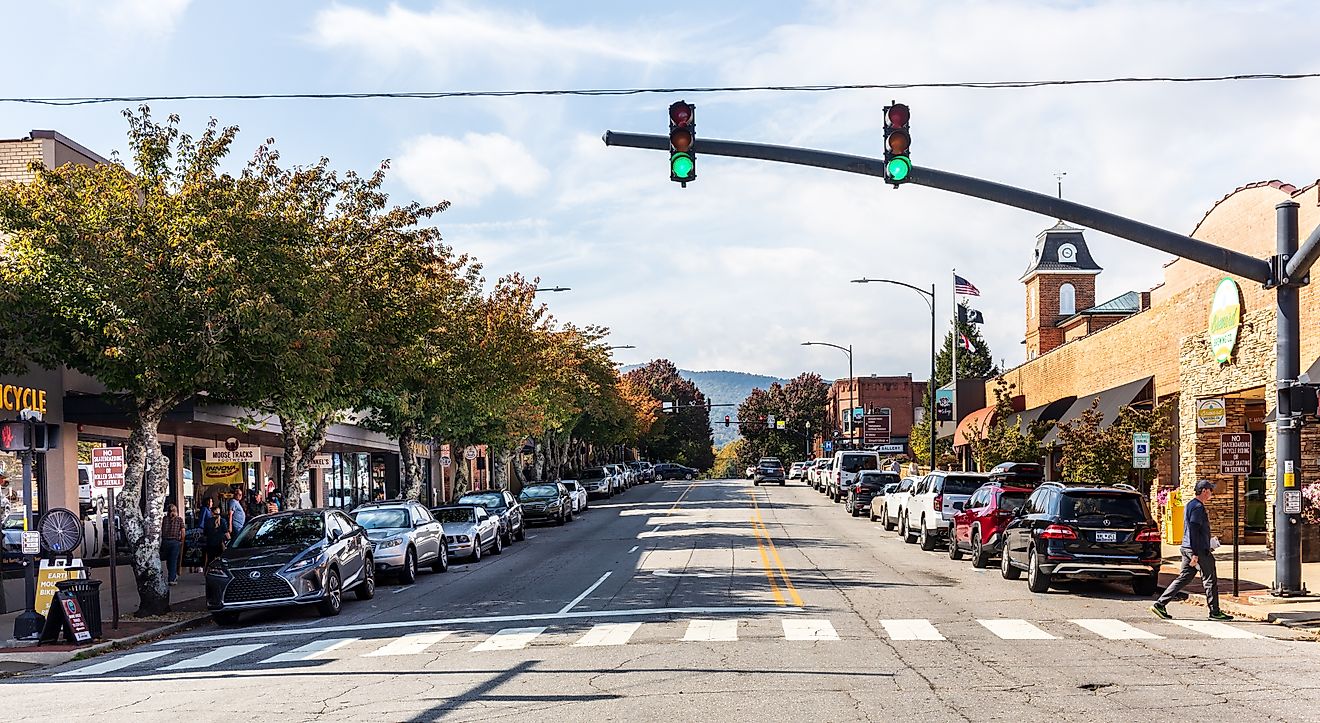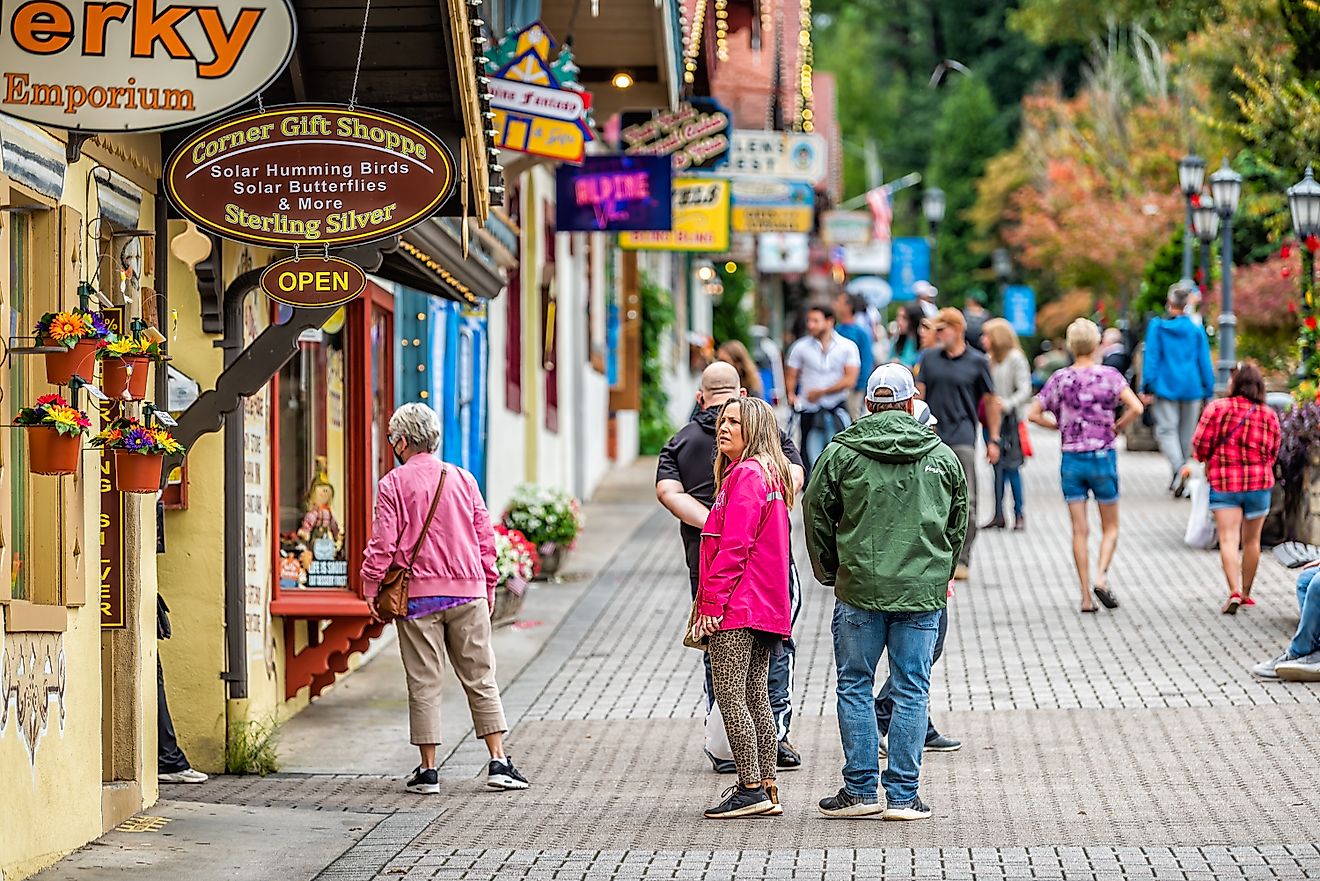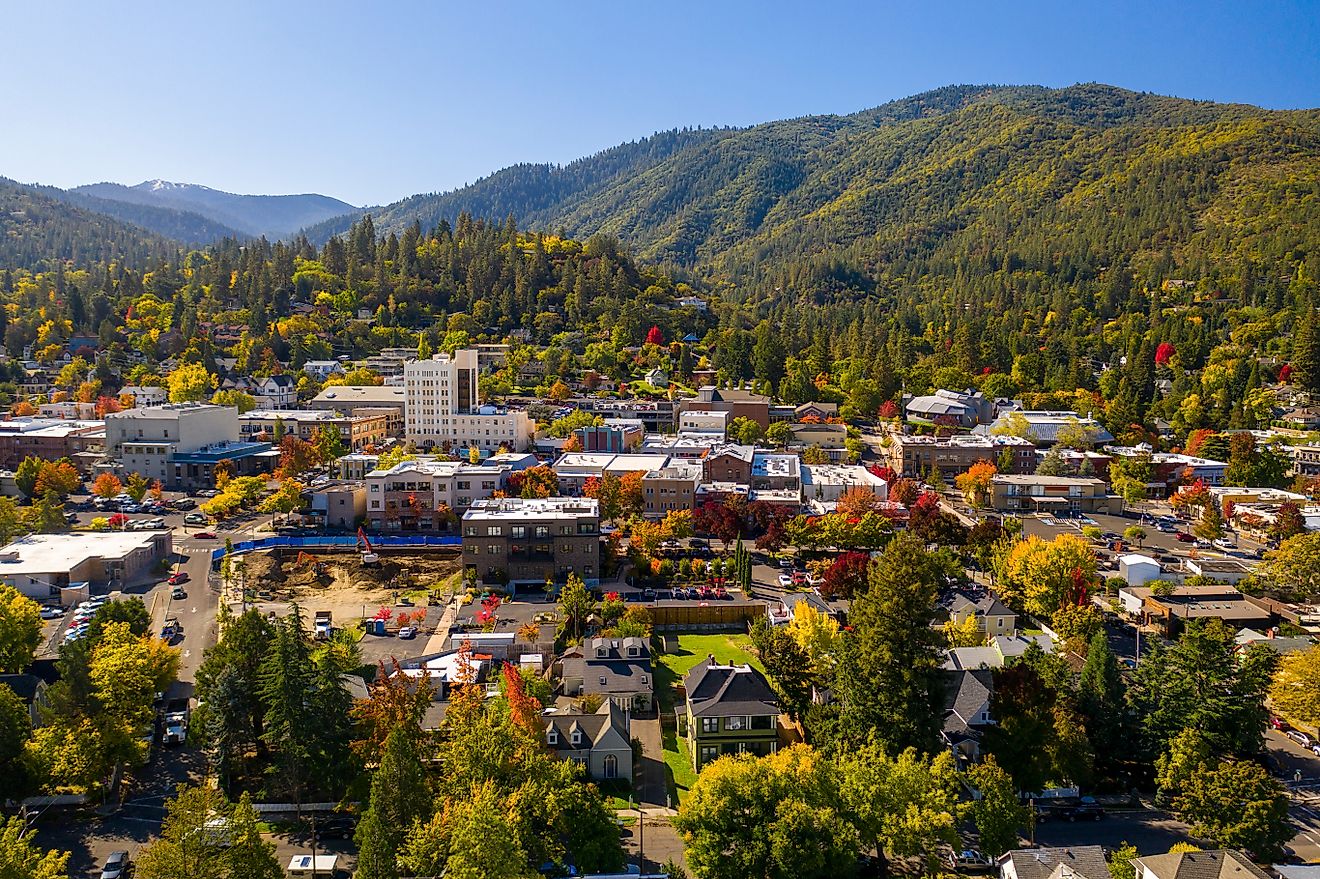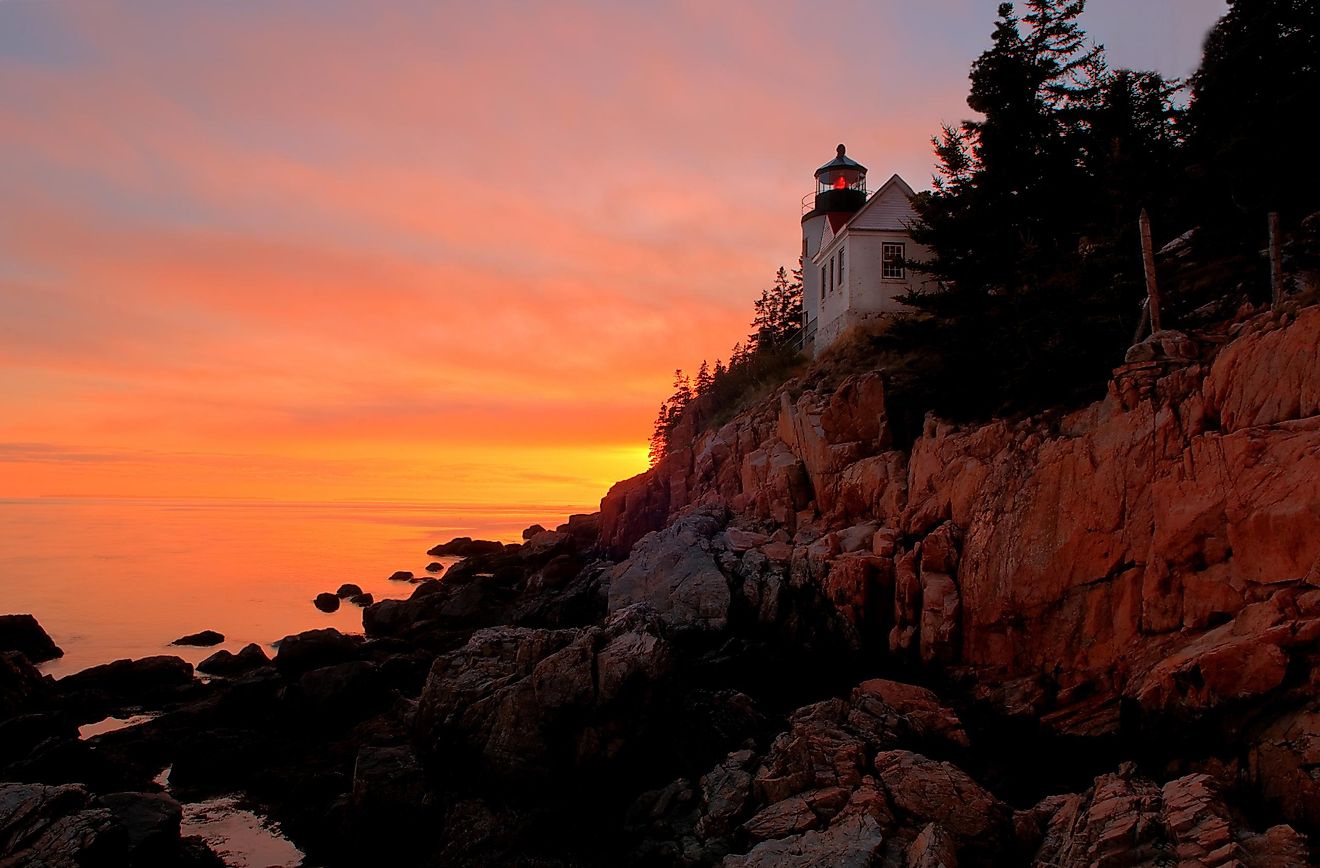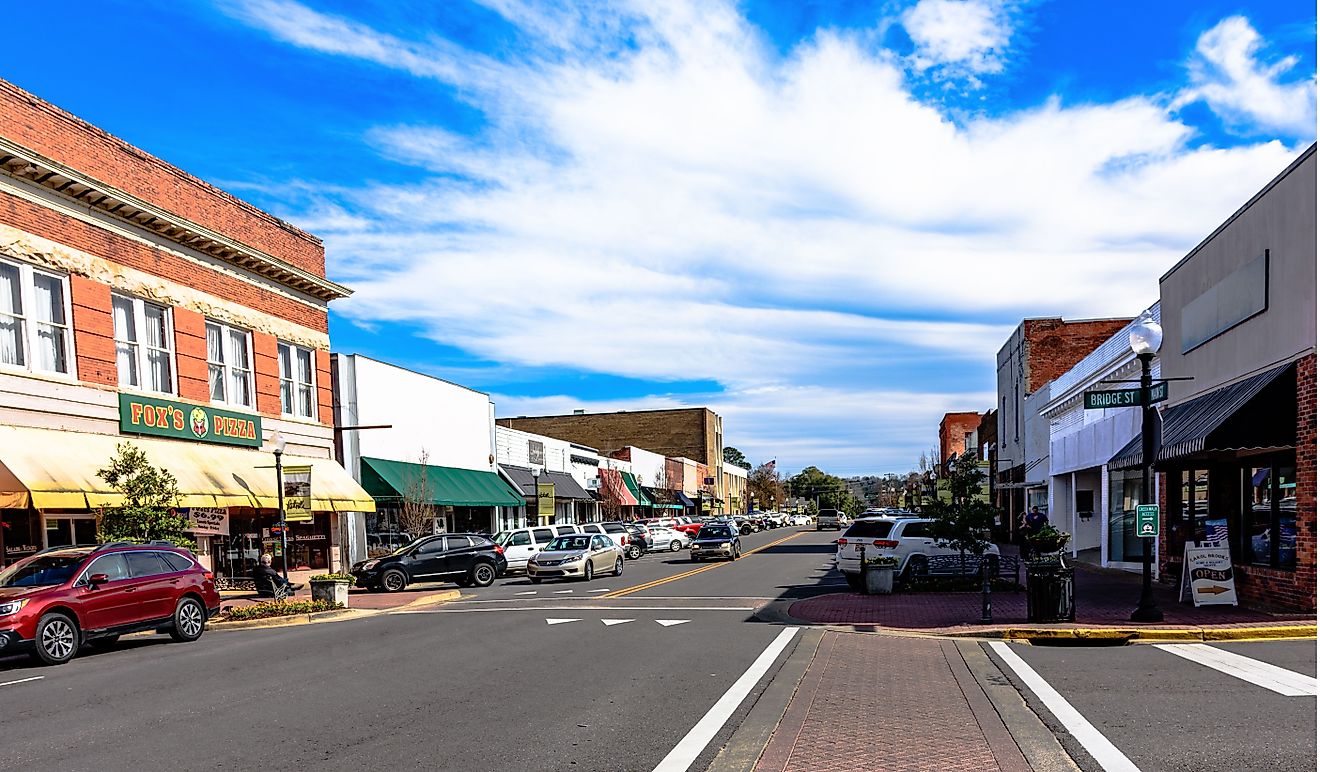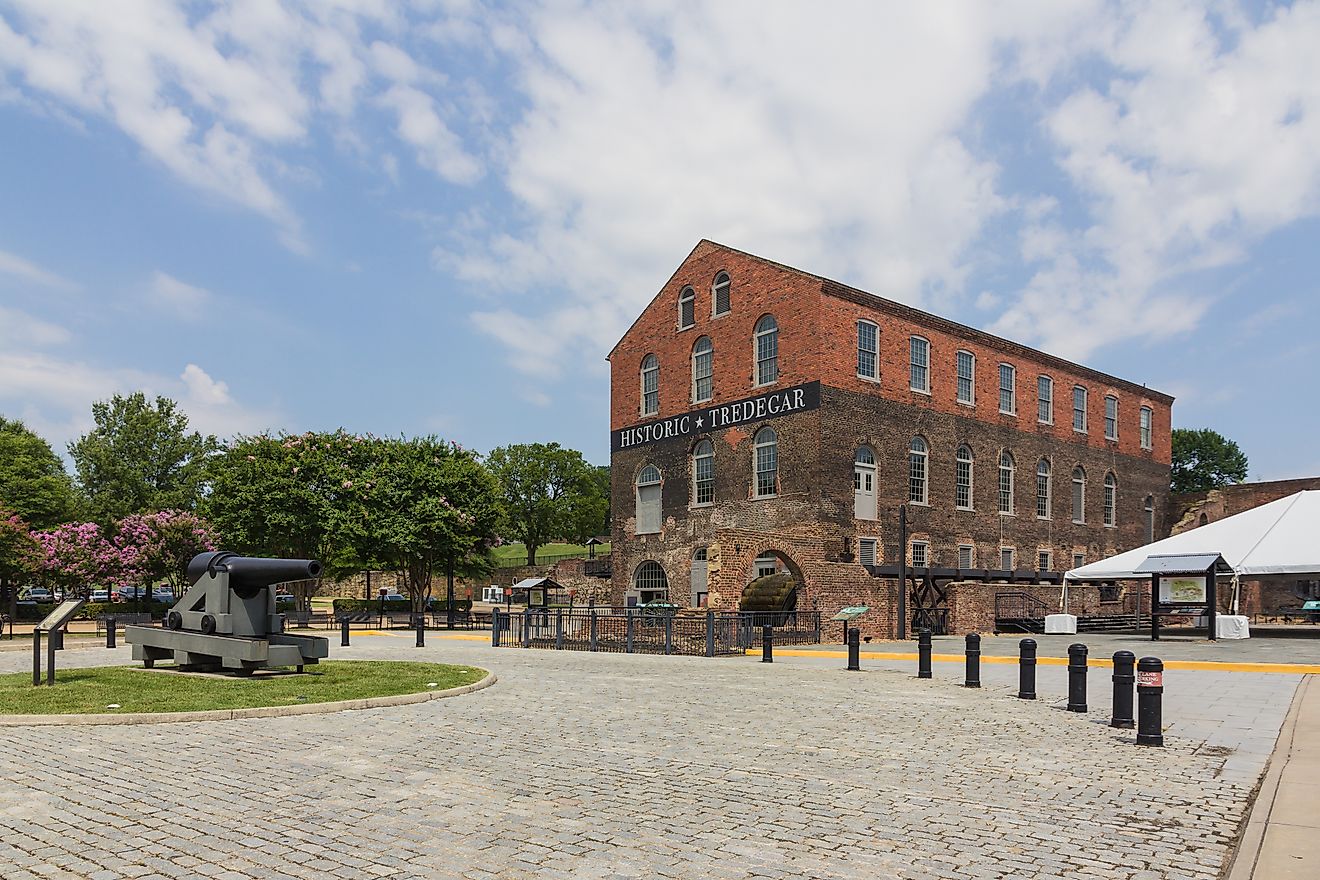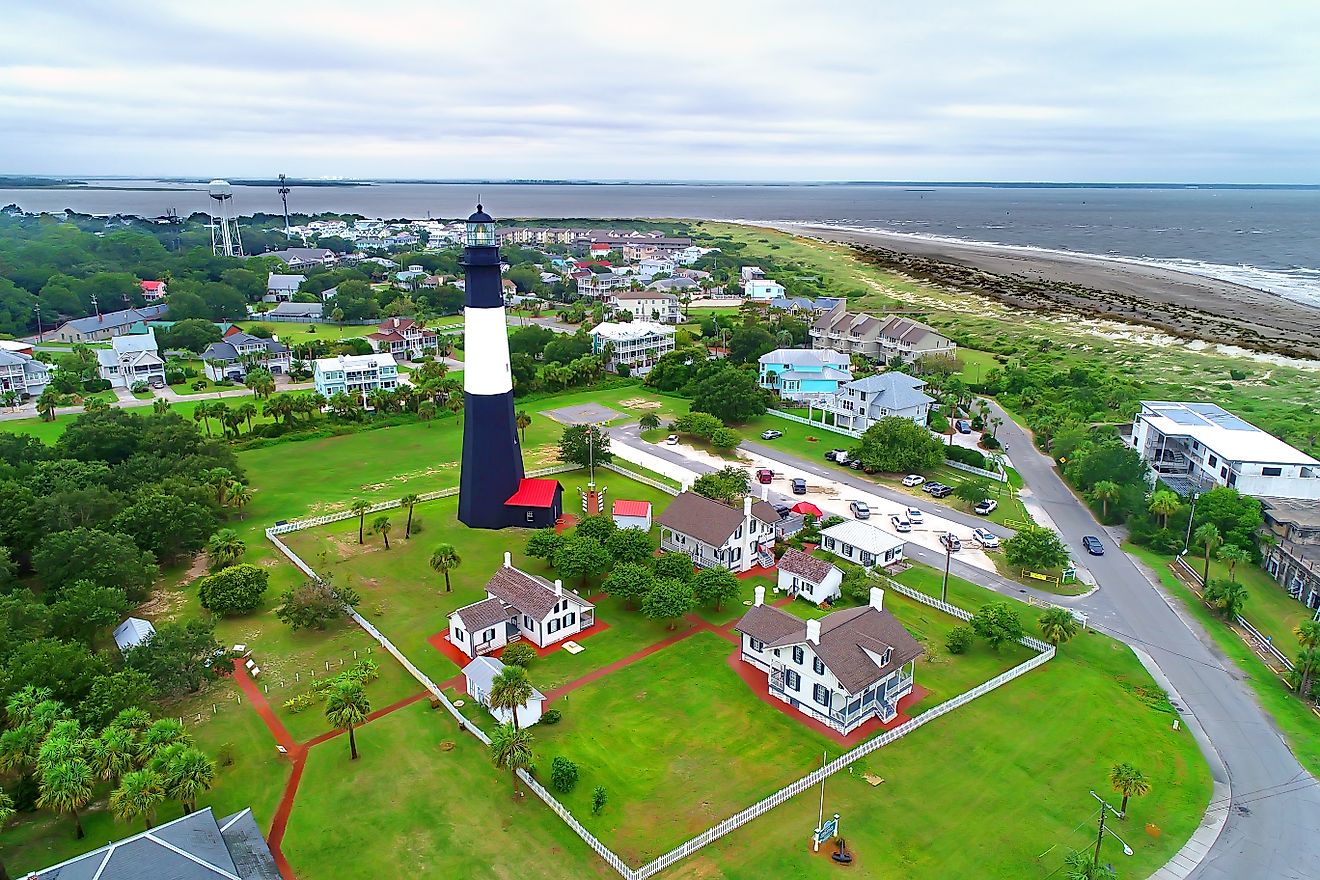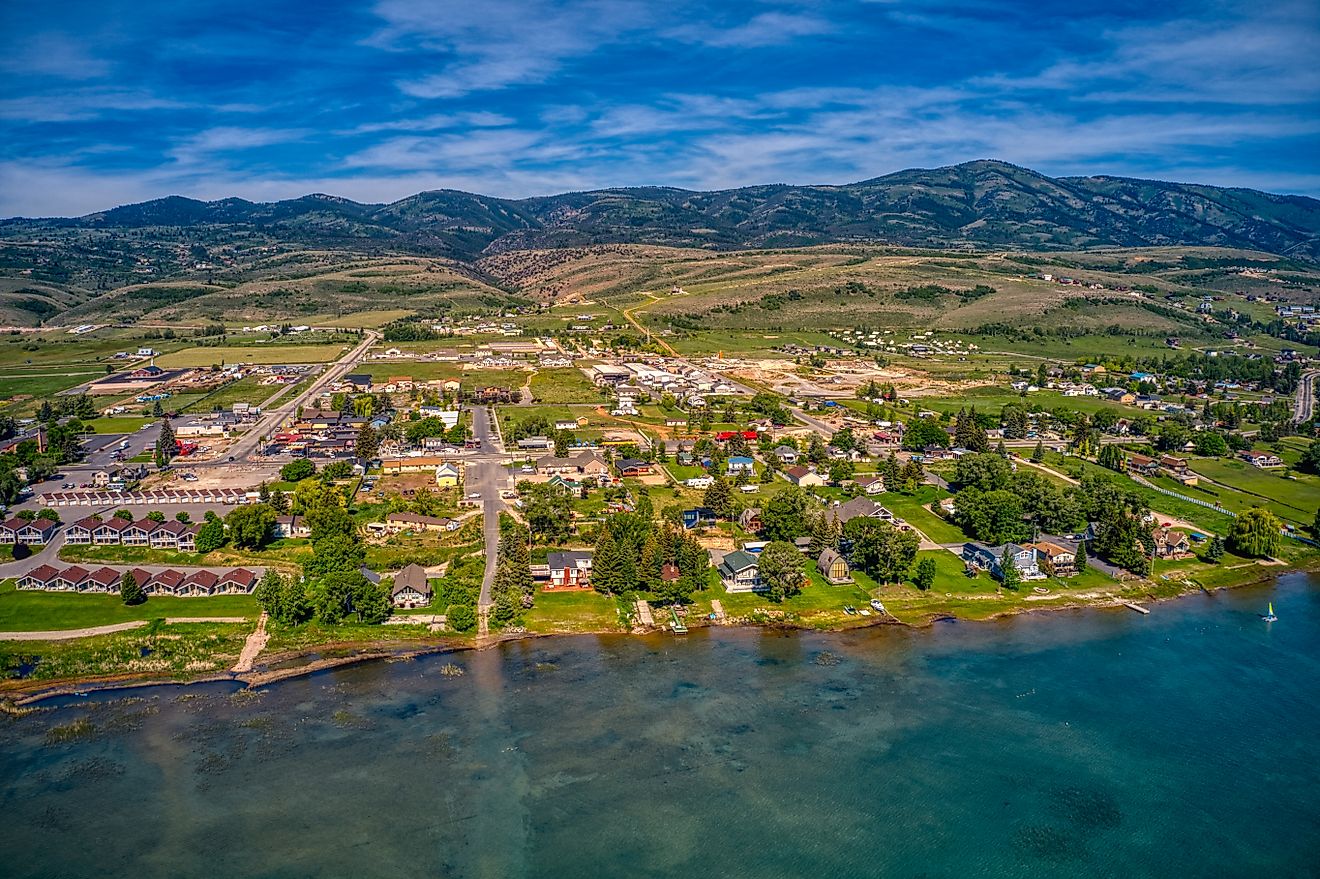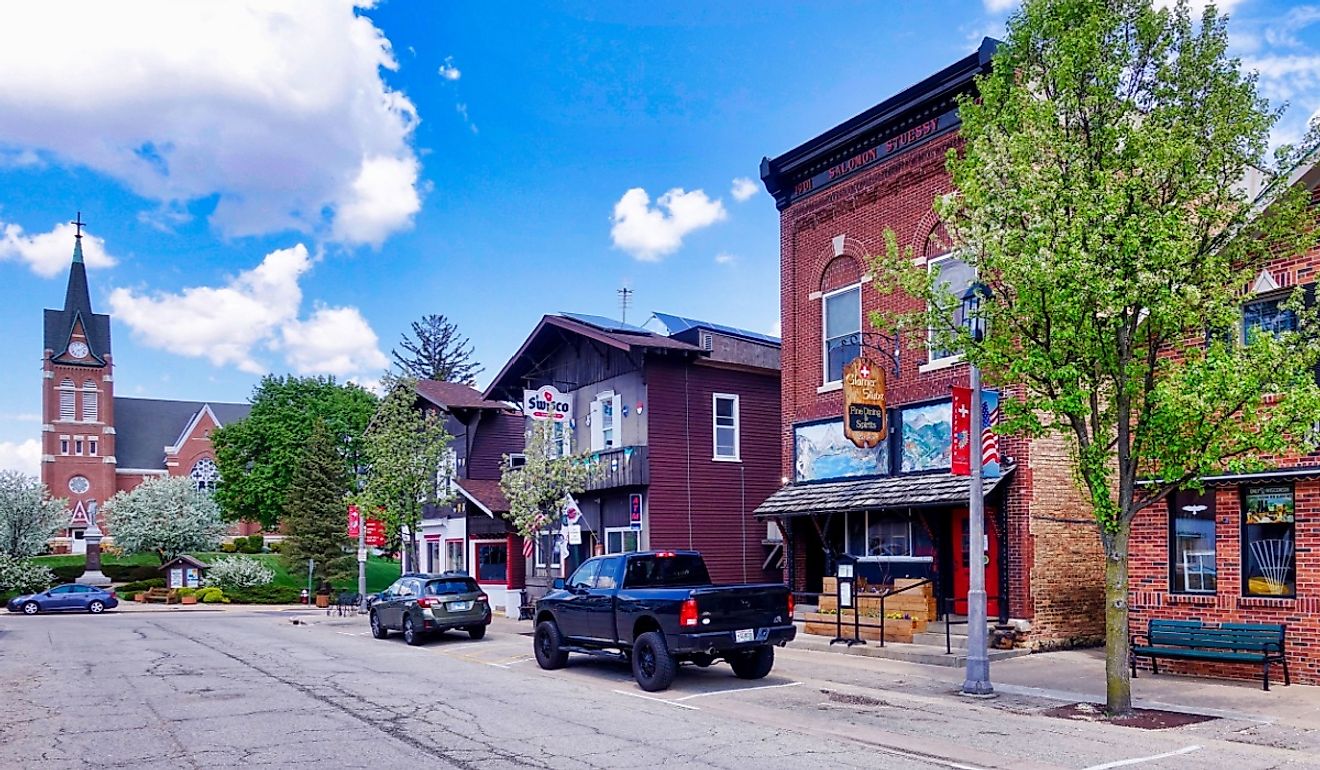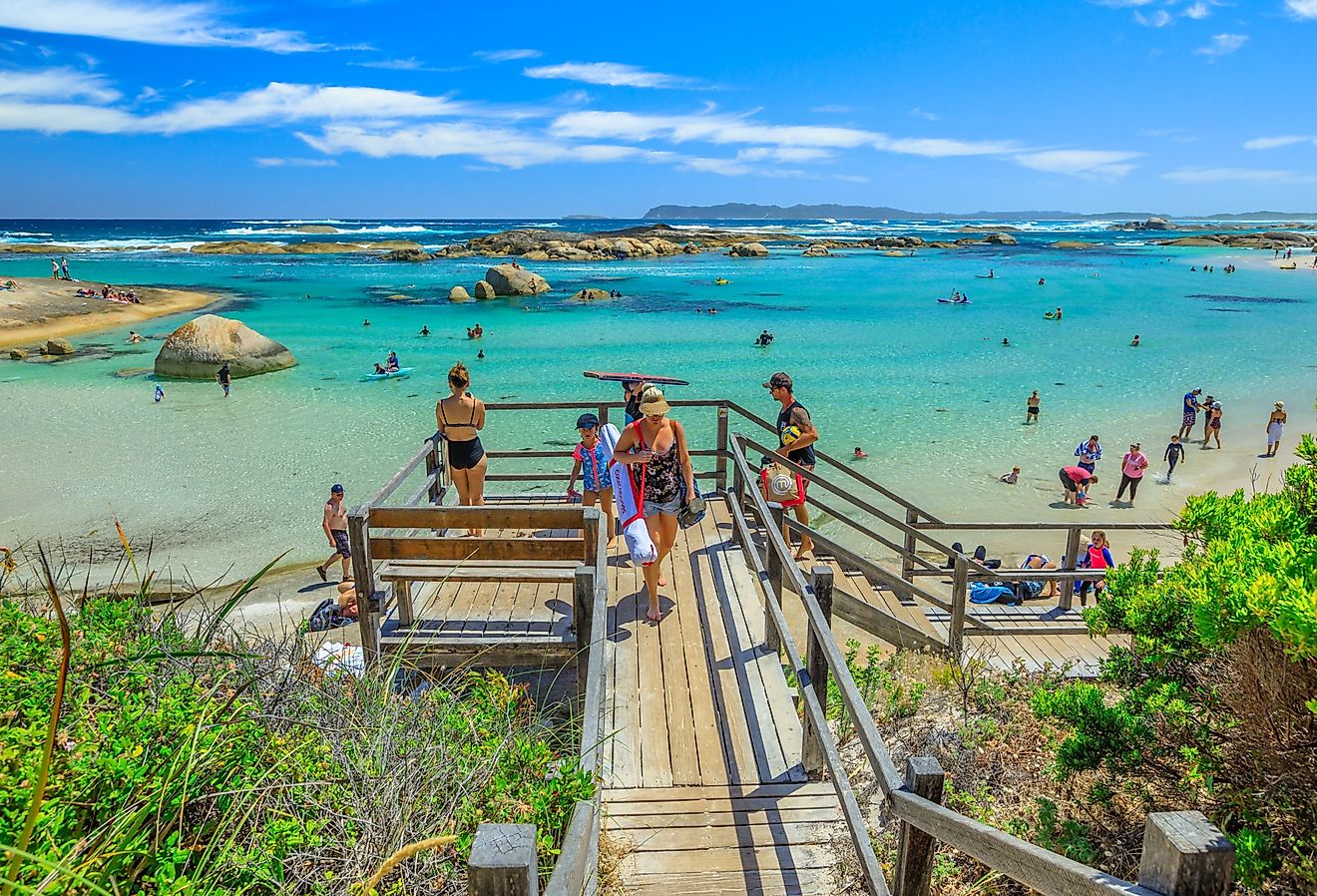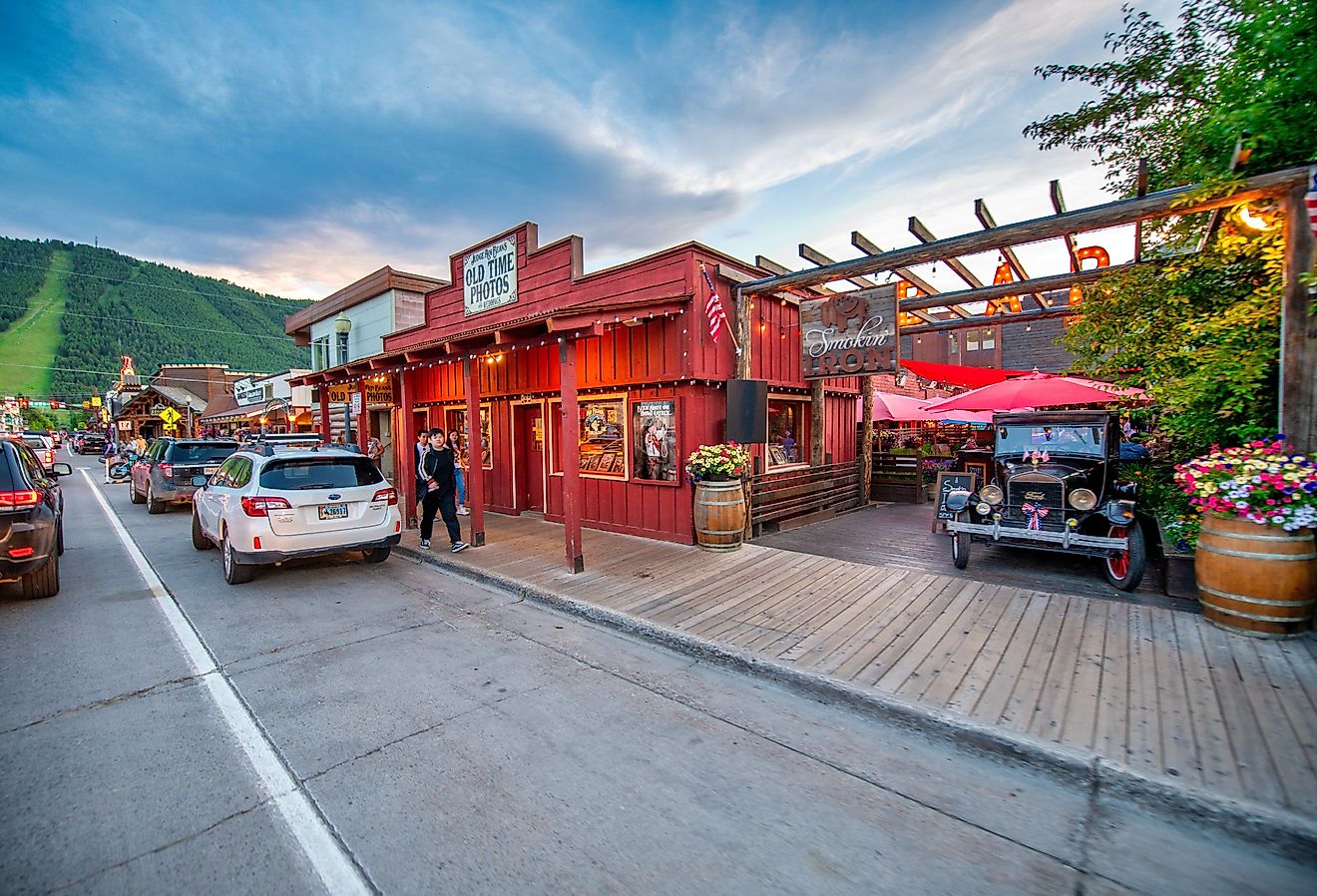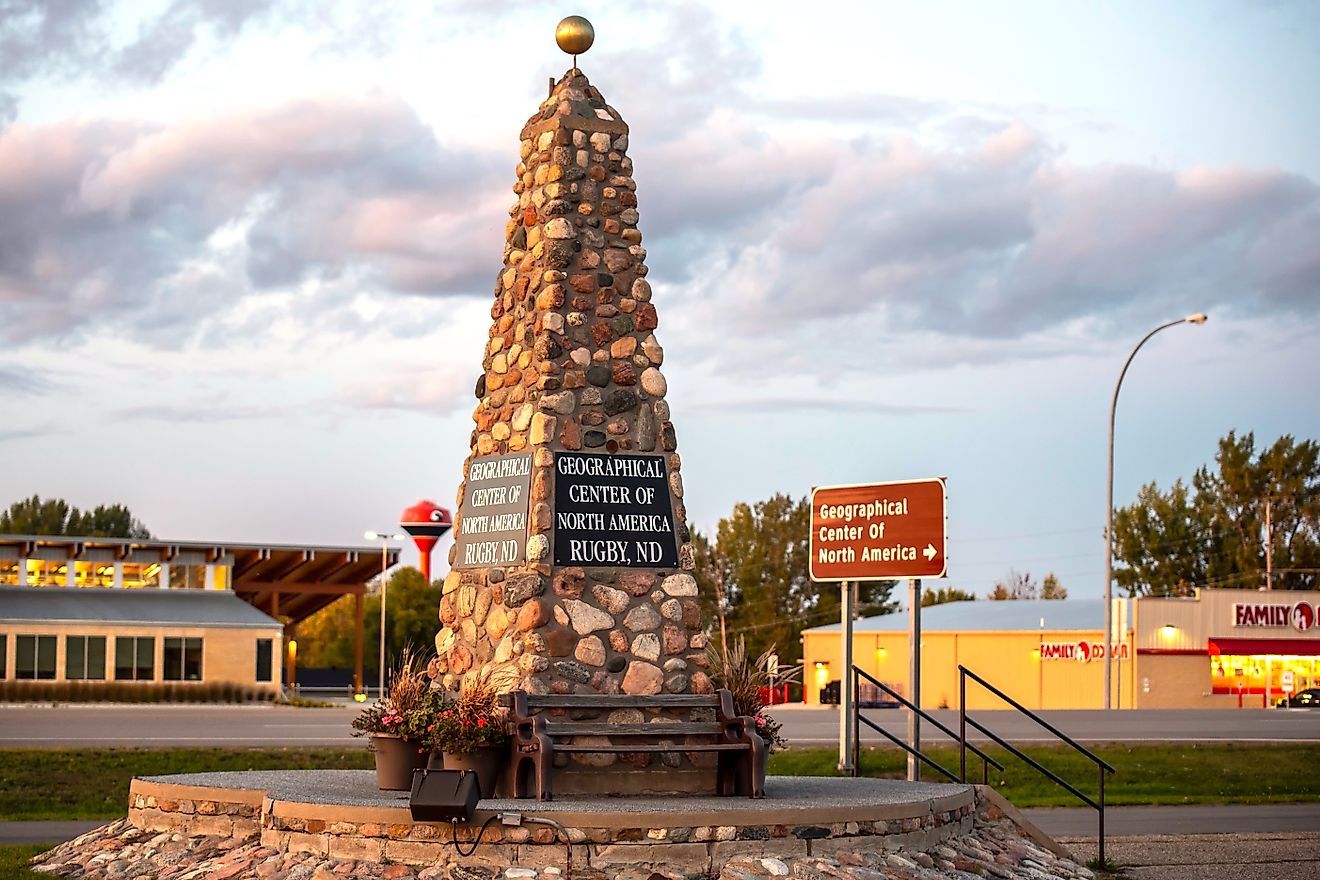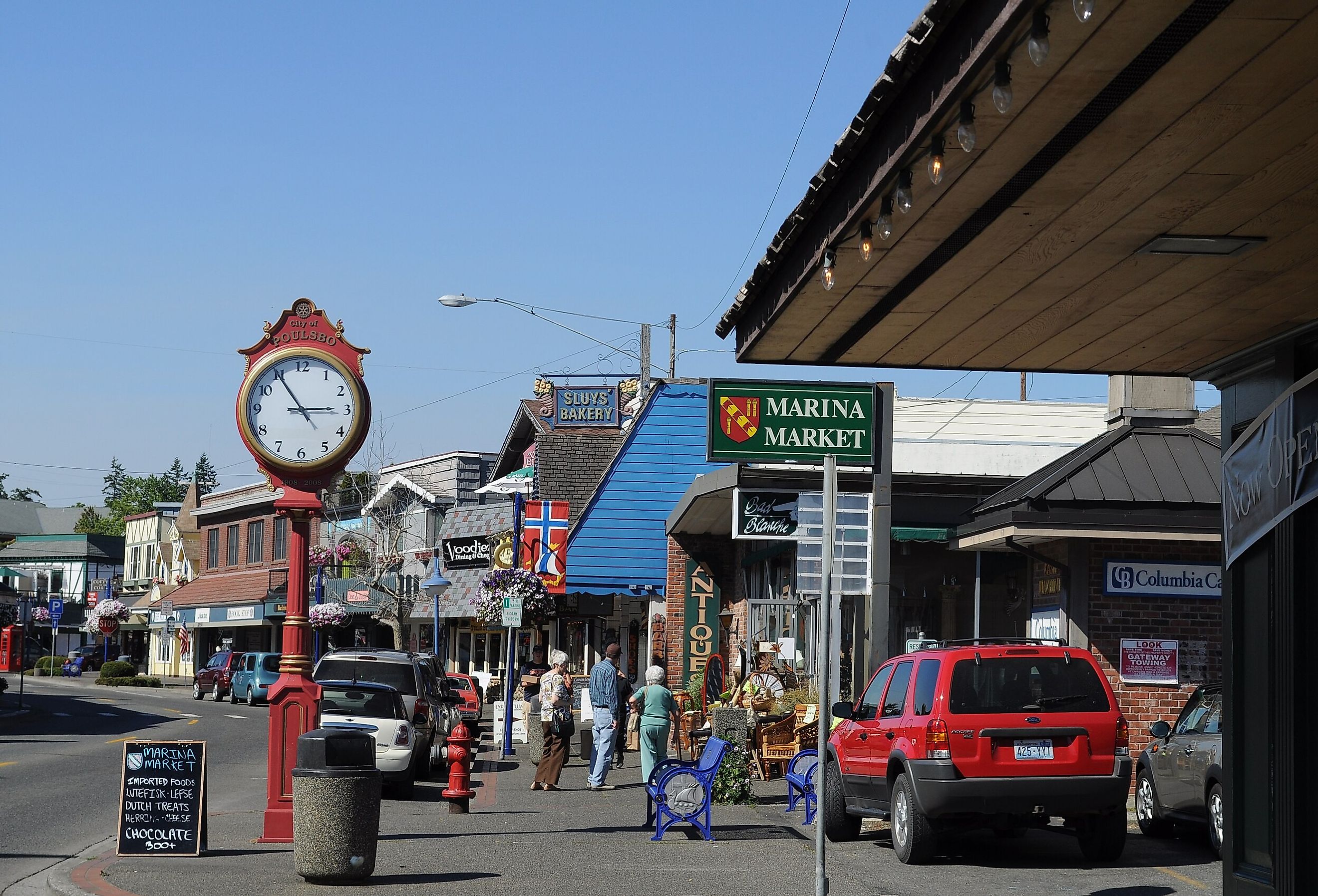
These Towns In The Pacific Northwest Have The Best Main Streets
The Pacific Northwest region, also known as Cascadia, enjoys a unique landscape/seascape thanks to the Pacific Ocean to the West and the Rocky Mountains to the East. Cascadia was spared roughly 200 years’ worth of logging and exploitation that occurred on the other side of the continent, just in time for movements protecting old-growth forests to blossom. Find peace on the main streets in these nine towns that exemplify the area’s unmatched amalgamation of biodiversity, cultural ingenuity, and unbreakable spirit.
Bainbridge Island, Washington
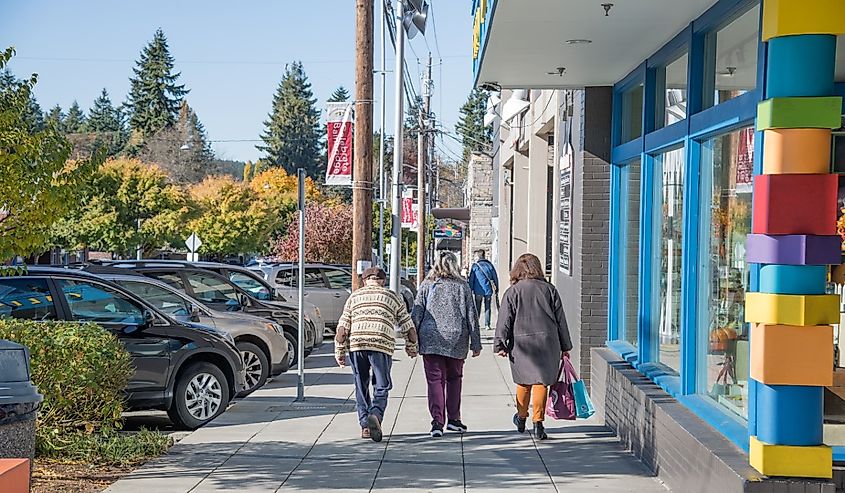
Historic Bainbridge Island has a population of 24,000. The town holds an art walk on the first Friday of every month, from 6 pm to 9 pm. Stroll and reflect through the memorial for Japanese-American families that were forced off Bainbridge Island in 1942. The Bainbridge Farmer’s Market features local produce, artisan’s works, and live music in the historic Town Square/City Hall Park area. The cultural crown jewel of the city is the Bainbridge Island Museum of Art, designed by architect Matthew Coates. The 140-acre Bloedel Reserve has some of the best botanical gardens in the United States. The timed-ticket admission fees are well worth it.
Cottage Grove, Oregon
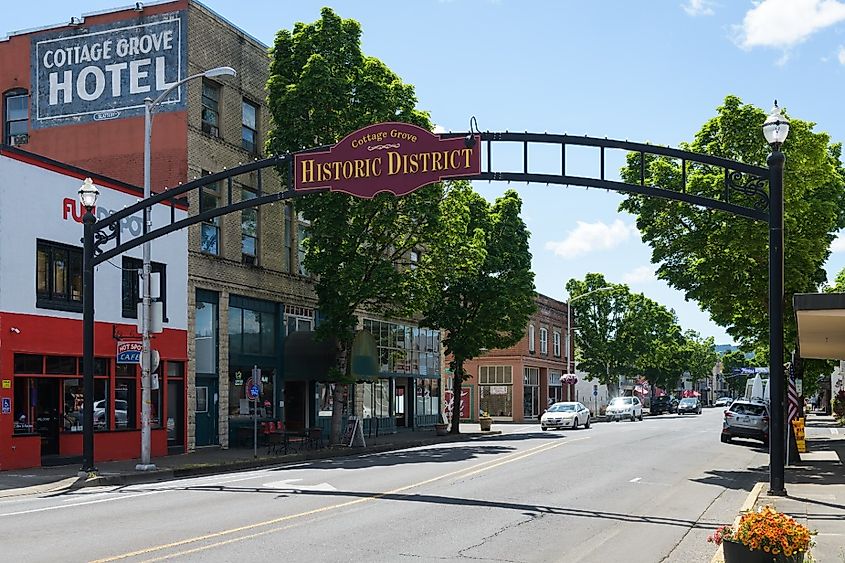
With a population of just over 10,000, Cottage Grove calls itself the "Covered Bridge Capital of the West." Row River runs under the white, windowed Dorena-covered bridge. Discover the 15-foot tall Wild Wood Falls that sits at the nexus of Umpqua and Willamette National Forests. Find that rare antique to tie the room together at 5 Flying Monkeys. Bohemia Park is a 14-acre park with easy trails wide enough to accommodate various speeds. Events are held frequently at the park’s amphitheater, with seating for 2,000.
Florence, Oregon
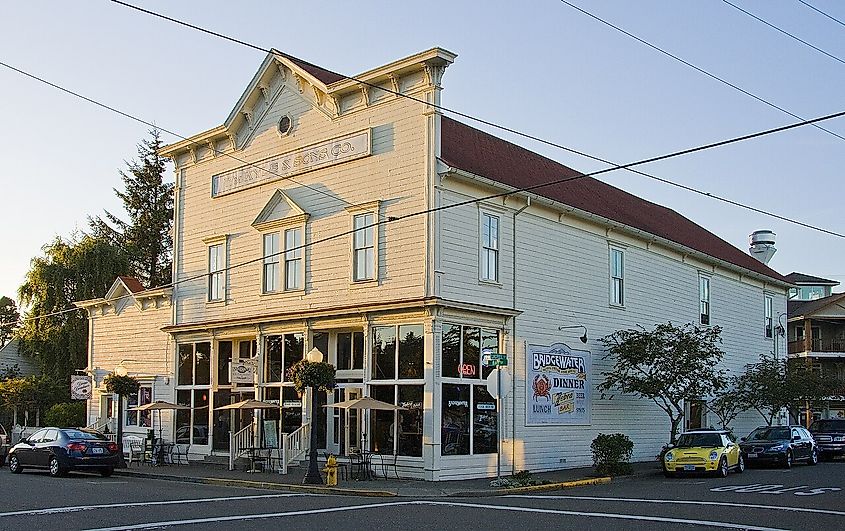
Just under 10,000 live in the city with one of the most elegant shopping areas on Earth: The Florence Historic Old Town district. Spring in Florence blooms with the Florence Rhododendron Festival, a tradition that is over a century old. Coming upon the bascule bridge that stretches over the Siuslaw River is like entering a fantasy version of 1920s America: four art deco style towers house the bridge’s staff who lift the bascule when tall ships approach. The bridge has been in operation since 1936. Watch the sea lions play inside America’s largest sea cave. Sea Lion Caves is privately owned. Tickets are under $20 for adults, $17 for seniors, $12 for kids 5 to 12, and free for anyone younger.
Hood River, Oregon
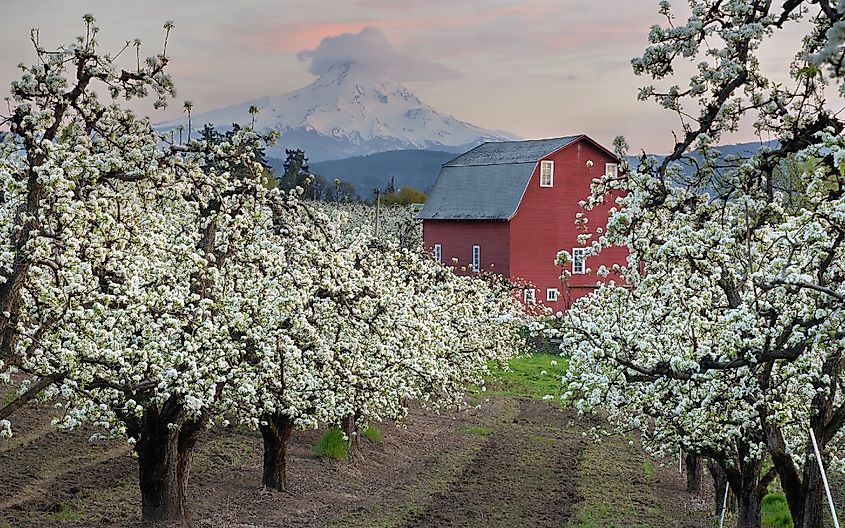
Under 9,000 people live in Hood River, Oregon. While the city is named after the nearby Hood River, it operates a port on the similarly picturesque Columbia River. The historic Mount Hood Railroad offers special seasonal scenic rides: a Fall harvest ride, a Halloween ride, and a Christmas ride all await on the calendar. Hood River Waterfront Park has a 2.8-mile paved path that accommodates cyclists and hikers. Hood River is unofficially known as the windsurfing capital of the world. The Downtown Historic Shopping District has 30 restaurants and a lovely collection of art galleries, antique shops, and boutiques.
Poulsbo, Washington
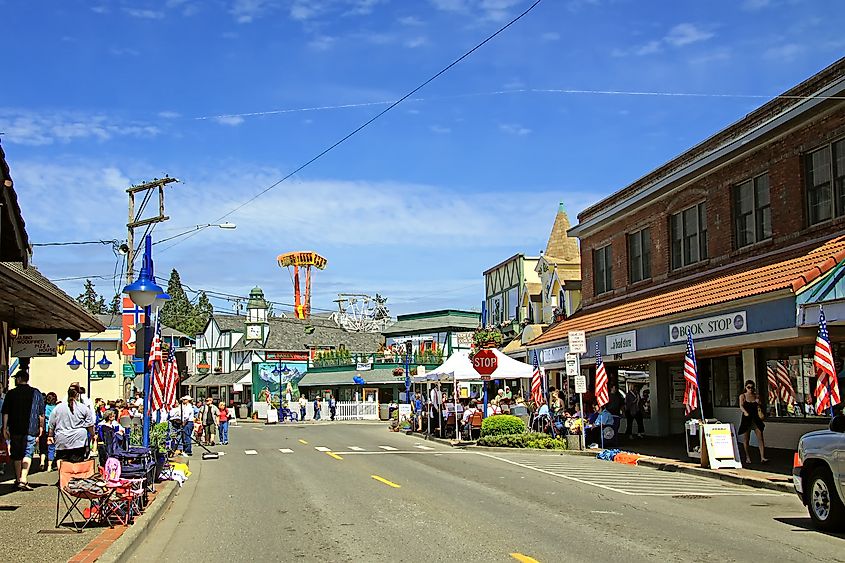
Poulsbo was supposed to be called Paulsbo ("Paul’s Place" in Norwegian), but postal officers in Washington misspelled the name. Today, the city of just under 12,000 is the home of Western Washington University’s Sea Discovery Center. The Center has been educating locals and visitors about the Salish at this location since the 1990s. Saunter along the boardwalk at Muriel Iverson Williams Waterfront Park and track the lazy tides of Liberty Bay. Liberty Bay Books is the kind of bookstore that operates as a hub of thought for the whole county. Check-in for recommended texts for getting the lay of the land.
Gig Harbor, Washington
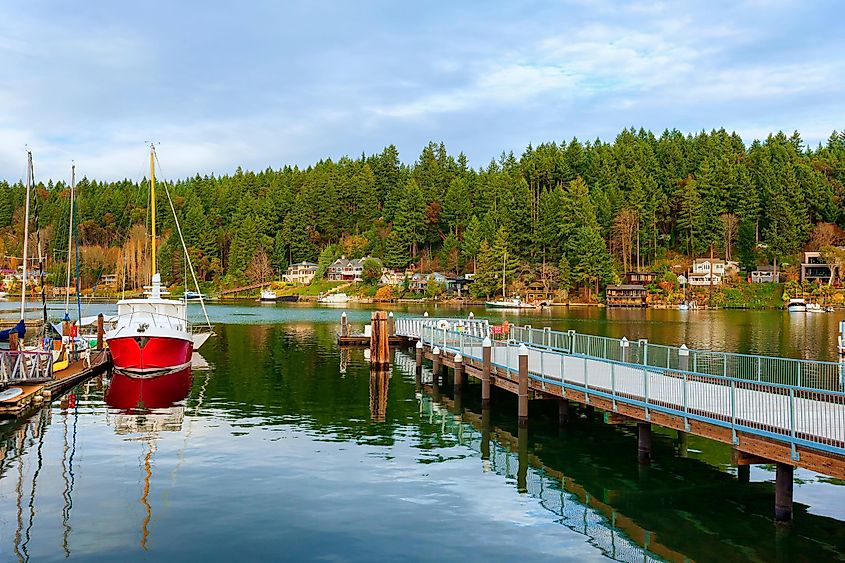
Gig Harbor is a pretty town of just over 12,000. Gig Harbor's net sheds create a unique horizon that you cannot find anywhere else. Donkey Creek Park is one of Gig Harbor’s many green spaces. It sits next to a salmon stream and features a paved trail dotted with impressive sequoias. Explore the city from the elegance of a Venetian gondola. The full 90-minute tour is $120 for two people but only $25 for each additional person. The Harbor History Museum brings newcomers up to date with the region’s maritime history in a restored 1893 schoolhouse.
Ashland, Oregon
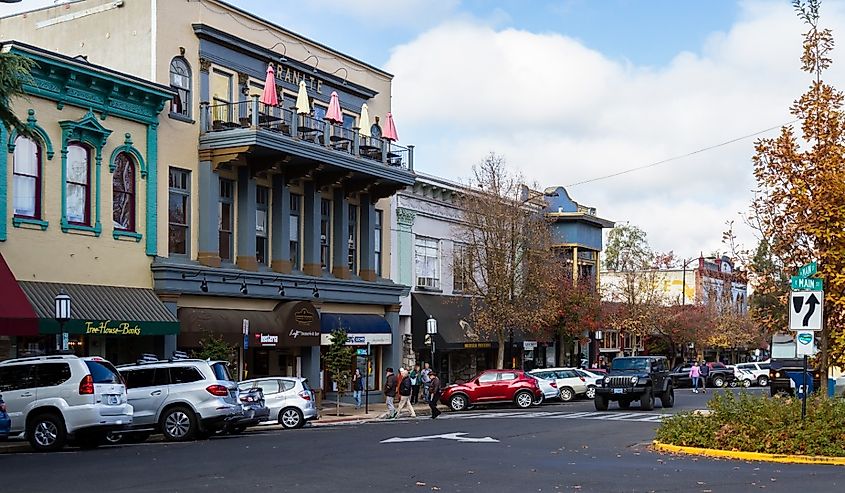
The population of 21,600-city of Ashland is the home of the Tony award-winning Oregon Shakespeare Festival. Ashland’s downtown area is one of the greenest that can be found anywhere, with the 100-acre Lithia Park featuring swimming, pickleball, and a beach volleyball pit. The Willard Martin-designed Schneider Museum of Art organically weaves itself into the landscape by reflecting it back with its mostly glass front edifice. The Schneider offers free tours every Tuesday at 12:30 pm. The Ashland Public Library has the best of both worlds, with a historic stone edifice and a comforting wooden interior with beautiful grain patterns one can get lost in between pages.
Sequim, Washington
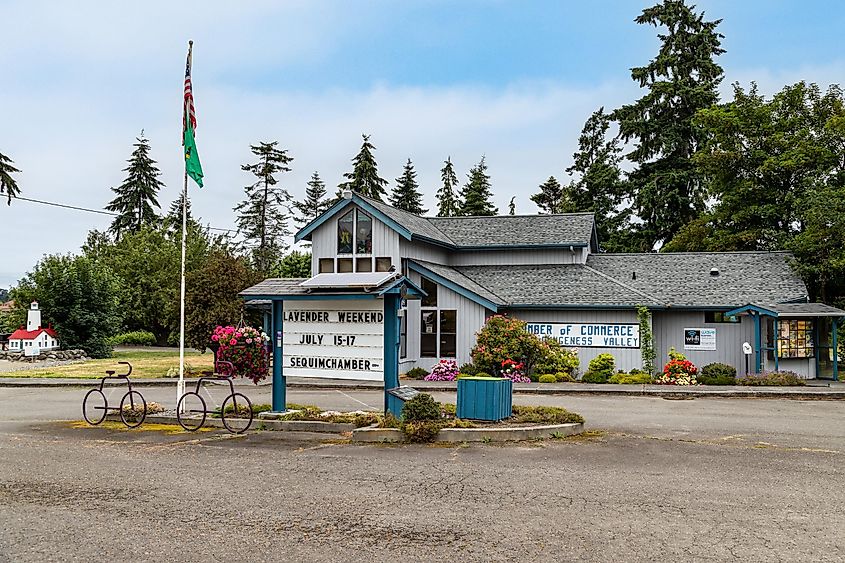
Sequim has just over 8,000 residents who cherish their historic downtown. Both bees and people adore the enchanting Purple Haze Lavender Farm. One of Sequim’s most beautiful features is the New Dungeness Lighthouse. The lighthouse was first lit in 1857 and has been listed on the National Register of Historic Places since 1993.
Explore the Olympic Discovery Trail and take a break at Railroad Bridge Park. The bridge was operational from 1915 to 1980 and remains a perfect spot to watch the Dungeness River flow by. Carrie Blake Community Park offers nearly every outdoor activity, including a skate park, pickleball courts, and horseshoe pits.
Anacortes, Washington
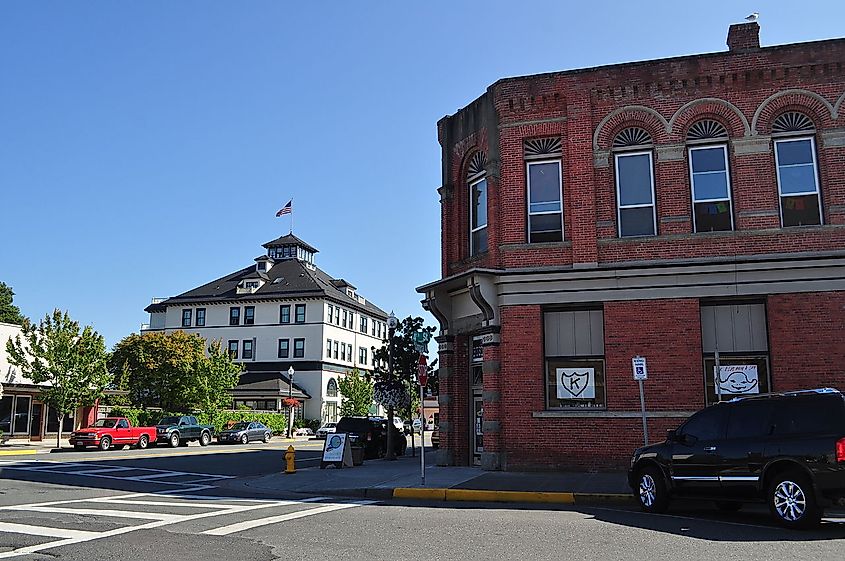
Anacortes, with a population of 17,600, is a birdwatcher’s paradise. Jog along the 3.3-mile Tommy Thompson Trail at low tide to glimpse the lively blue heron inhabitants of Anacortes. Whale watchers enjoy a front-row seat to the Pacific Ocean spectacle with Blackfish Tours. Kayakers of all levels experience a side of Anacortes that hikers cannot access with Anacortes Kayak Tours. The 220-acre Washington Park originated as an 8-acre gift from residents who loved it enough to convince the city to expand. Preview its lush perfection from the 2.2-mile paved loop that winds through it.
A "Main Street" serves as a meeting place. It is a hub where people find reassurance that they belong to a community, a space to connect with others. Main Streets existed in Cascadia long before settlers put up signs naming them. Reconciliation of the Colonial past can begin by supporting Native Americans in the region, such as the Suquamish Tribe and the Port Gamble S’Klallam Tribe, and their businesses whenever possible.
